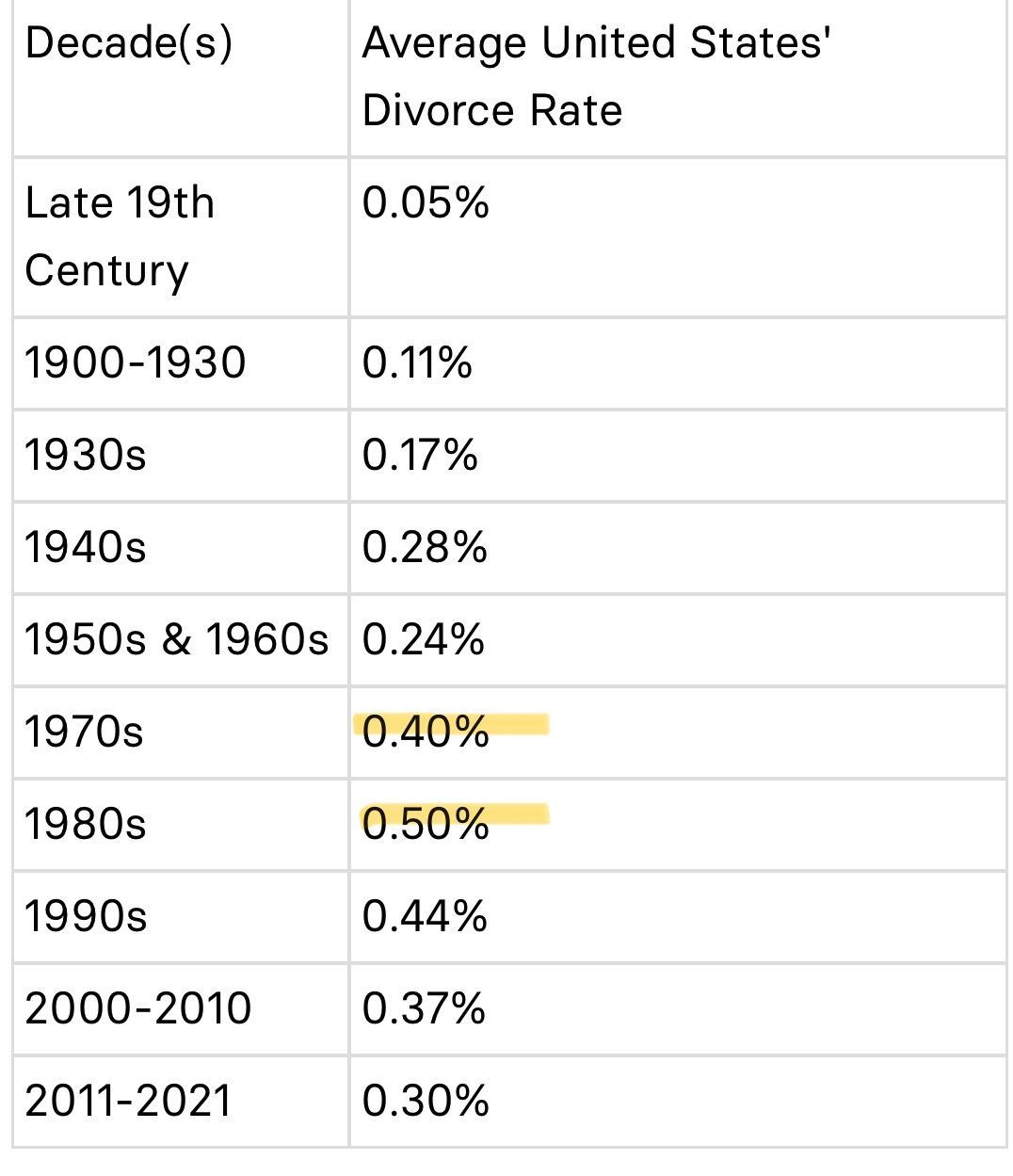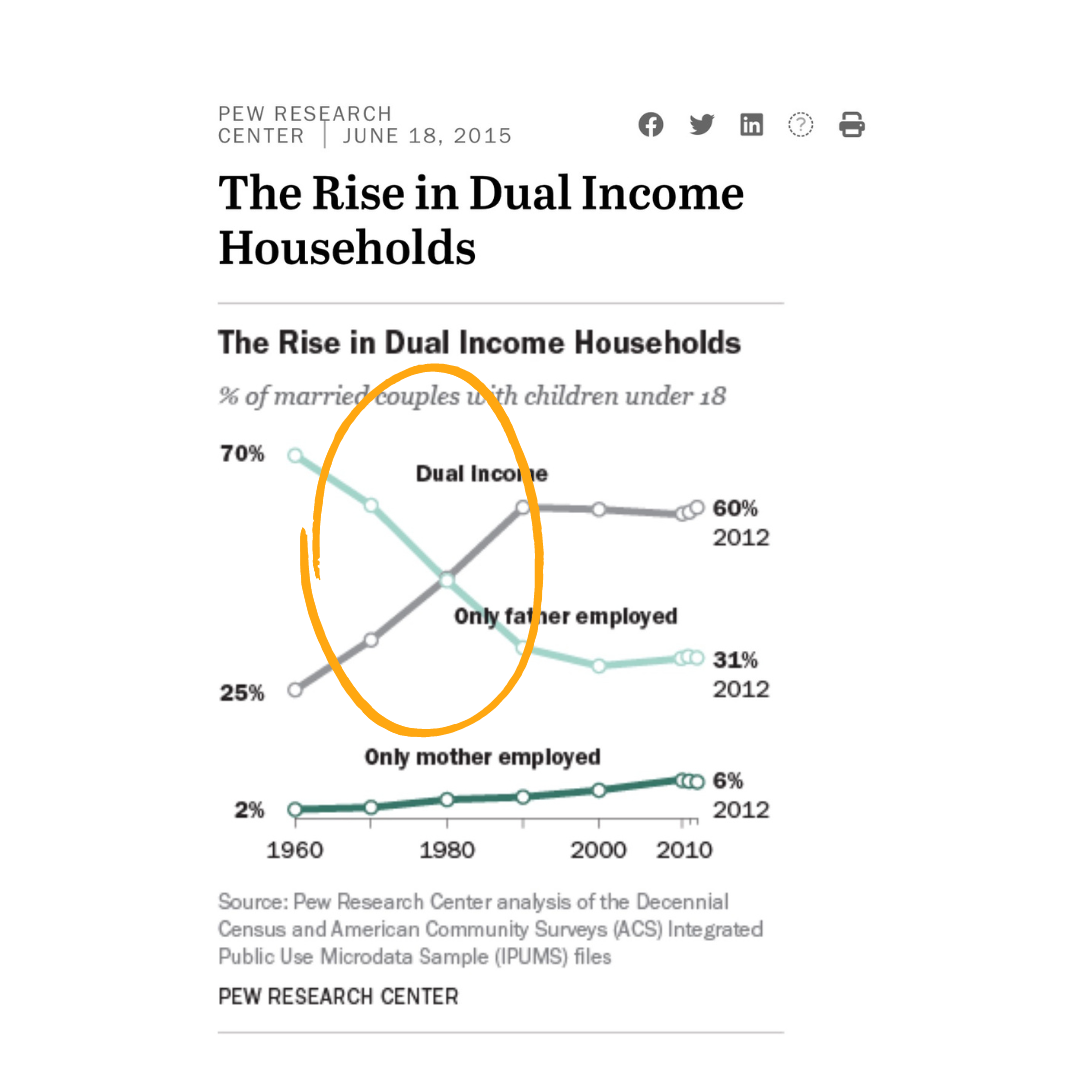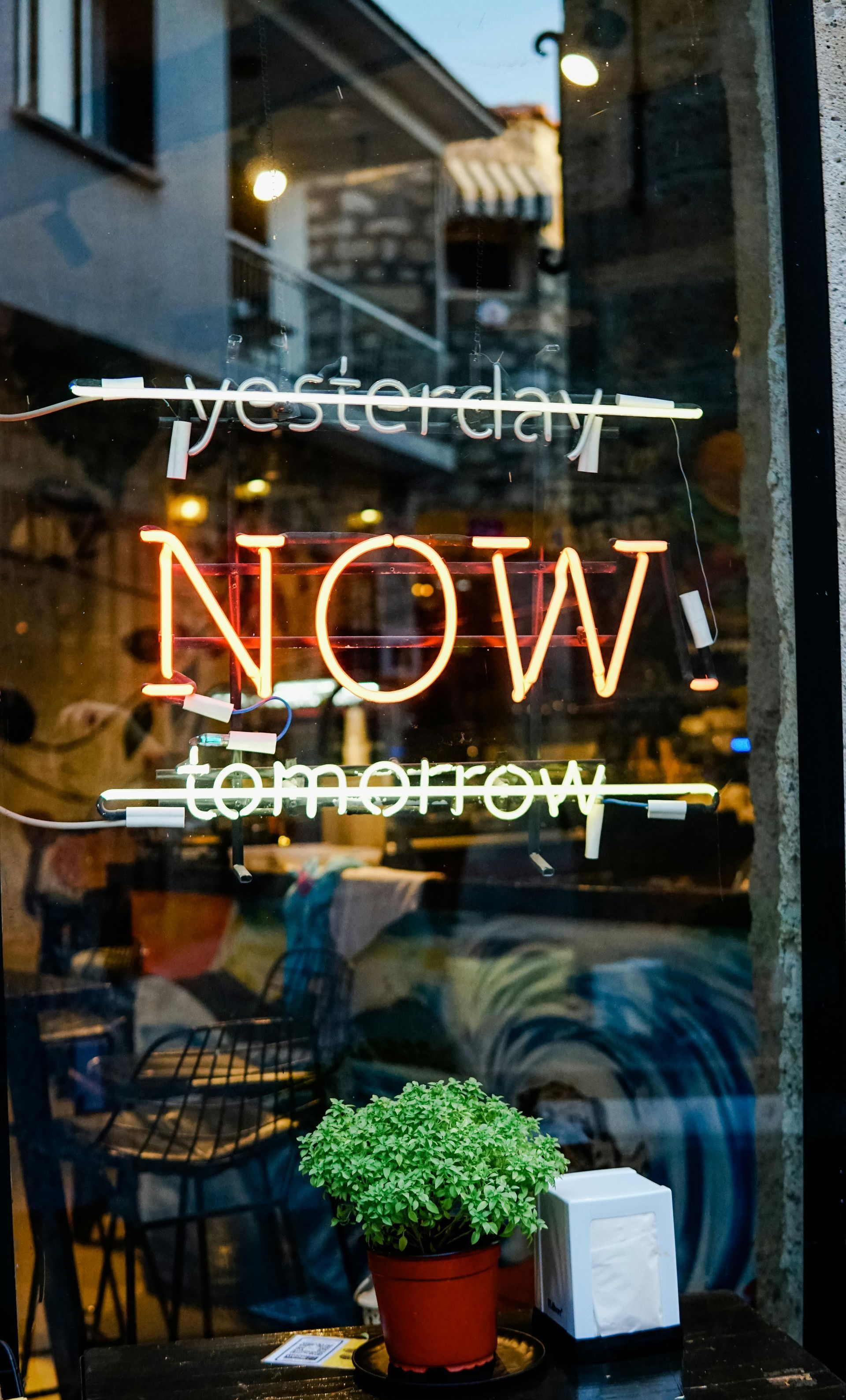Gen X Trifecta: 3 Key Cultural Touchstones

Gen X is having a moment right now. Through my Gentelligence work, I champion the value of all generations in the workplace, but will always be a proud member of Gen X. Born in 1977, my 47th birthday is coming up this week. As such, I decided to devote my birthday month to all things Gen X: the oft-overlooked generation.
When I speak with clients, I walk the fragile line of helping people appreciate the value of the unique experiences our generational identity can bring while simultaneously pushing back on lazy one-size-fits-all generational stereotypes. It’s a careful balance, but one I strongly believe in. The cultural touchstones, societal trends, and zeitgeist that mark the time we grow up and begin our careers can have an important and fascinating impact on the perspectives, norms, and beliefs we hold throughout our lives. They don’t impact everyone in a common generation in the same way but rather provide a helpful lens to begin to understand some of our generational dynamics in the workplace.
What were the norms of a generation coming of age–and specifically relevant to the workplace–what factors collectively contributed to our views of success and what matters in life?
Gen X (born 1965-1980) was shaped by all kinds of things, many unique to a person, but I point to 3 broad societal realities trending at the time we were in our most formative years. As we were coming of age, our attitudes about work, trust, success, and independence (among many other things) were shaped by many of these dynamics. Beyond cliches, we can use data to pinpoint what makes this time unique.
Enter what I have dubbed the “Gen X Trifecta” (who doesn’t love a good trifecta???):
Touchstone 1: The spike of dual-career families and divorce rates
Gen X grew up from the late 1960s through the late 1980s. In the US, the number of dual-career households and divorce rates spiked during this time as well, driven by advancements in women’s rights as well as the establishment of no-fault divorce laws in places like California.
When Baby Boomers were coming of age, divorce rates in the United States ranged from .24 to .28 percent. In the 1970s (when the oldest of Gen X were heading off to school), that number jumped to .40%, and during the 1980s (when the youngest of Gen Xers reached school age), that number spiked again to an all-time high of .50% before falling in the 1990s, just as the Millennials were entering their formative years:

Dual-career households followed a similar trajectory:
All of these statistical shifts mean that we Gen Xers were the least-supervised group of children…ever. With more mothers able to work outside the home and more single-parent families, there were simply fewer people at home to manage the daily ins and outs of this generation’s younger years.
Widespread daycare was not yet the norm, leading to the Gen X nickname of “latchkey children” (fun fact: my Gen Z students aren’t usually familiar with that term, making it the very definition of a cultural touchstone!). My mom stayed at home with us, which I always bring up as an example of being wary of the one-size-fits all narrative of a generation, but I knew a lot of people my age whose parents both worked. Their houses were deliciously empty after school, allowing us a few precious hours of unsupervised time after school to watch after-school specials and eat Cool Ranch Doritos (it took me a firm minute to decide if that should be all be capitalized. Gen X takes Doritos seriously).
These demographic shifts meant Gen X as a whole experienced a high degree of freedom even as children as compared to their parents and even their children’s generations.
Touchstone 2. Children were not yet considered the center focus of the family
While it might be hard for some of the younger generations to imagine now, the idea of child-centered family dynamics is quite new. If we go back in history, the role children played in the family dynamic has evolved depending on the economy and parenting norms of the time. For the early part of the twentieth century, for example, children were often relied upon as economic contributors to the family.
By the time mid-century came along, parents interacted with children primarily to provide discipline and life lessons, but the adults remained the focus. Children were expected to entertain themselves. At one of my recent keynotes, a gentleman of the Baby Boomer generation stayed afterward to share that while he played baseball throughout his school years, it was unheard of that anyone’s parent would take time from their day to watch their kids play a game. It wasn’t right or wrong. It was just a different time.
This dynamic continued throughout the Gen X formative years, especially as many older Boomer parents of Gen Xers were logging very long workdays, popularizing the 60-70 hour workweek. As their parents focused on definitions of success that often included the corner office, position on the corporate ladder, and acquiring new levels of family wealth, Gen X was experiencing independence when it came to how we spent our time (while at the same time learning there were a LOT of things we needed to be afraid of, see below).
It wouldn’t be until the Millennial generation that parenting norms would again shift, this time to a child-centric model where the needs and development of the children were of central importance. Soon family attention and resources would be investing in the potential of the children, with funds channeled into things like Mommy and Me, youth sports (Itty Bitty Soccer, anyone?), music lessons…anything that might give the Millennials a head start or leg up. But for Gen X, we were once again caught in a bit of an in-between.
Touchstone 3. It’s 10 pm…do you know where your children are?
The second piece in our Gen X Trifecta is a snapshot of a time when things were shifting from a time when there was little fear for the safety of children to a new, heightened level of caution. While a Baby Boomer might have left home at sunrise and returned home for dinner only when the street lights would turn on in the evenings (with mom’s permission, of course), a Gen Xer had little supervision in a world that was just beginning to become concerned about potential threats to child safety. In the late 1960s, New York’s FOX 5, began their late evening broadcast with the now famous tagline: “It’s 10 pm. Do you know where your children are?” It was the signal of a shift, raising parental awareness of the need for curfews and somewhat closer boundaries for their kids.
Childhood kidnappings began to make national headlines in the 1970s and early 1980s, leading to many an afterschool special about Stranger Danger (this is the most 1980s thing you will see all day).
In Iowa (where I grew up), I have vivid memories of the headlines about Johnny Gosch, a local 12-year-old paperboy who disappeared early one morning in 1982. I was only five years old, but I remember the story vividly. We were never to walk home after school alone, always with neighbors or friends (keep in mind that it was unthinkable at that time that someone’s PARENT would be walking to or from school with you). Never accept candy from a stranger. If someone tells you they lost their puppy and need you to come with them in their van to go look for it, this is a LIE, and you should run and find a grown-up.
Any Gen Xer worth their salt will recognize this as the creepy sign that was on every telephone pole in the neighborhood:

This was for the ubiquitous Neighborhood Watch, intended to scare away any ill-meaning stranger who might be thinking about lurking our streets.
To add to the complexities of growing up Gen X, it wasn’t just Stranger Danger we needed to worry about in the 1970s and 1980s. The consequences of both the free love and experimental substances of the 1960s were now apparent, leading to the famous DARE campaign (Drug Abuse and Resistance Education: DARE to keep your kids off of drugs!) as well as the safe sex education in the wake of the crushing AIDS epidemic.
So, just in case you are keeping track, as a generation, we were relatively unsupervised but were on the receiving end of a LOT of public service announcements and warnings not to wander too far, not to do drugs, and definitely not to have unprotected sex. That said, we had a lot of other great things to do that were still totally allowed. MTV. Roller skating. Sticker collections. Cabbage Patch Dolls. Muppets. Waterbeds. Ghostbusters. Michael Jackson. Madonna. John Hughes movies. Cool Ranch Doritos. We Are the World.
(Note: If you have NOT watched the new We Are the World documentary that came out this month, please finish this blog and then go watch it immediately).
Why Does it Matter?
The goal of the Gen X trifecta is to give a sense of what I love to call the generational zeitgeist (a truly underused word, really). There were things going on in the 1970s and 1980s (many more than we have time to talk about here… I haven’t even mentioned the Challenger disaster yet) that played a role in the way people who grew up during that era thought about the world and their place in it. Watching our parents dedicate themselves, often thanklessly, to very long workdays teaches a generation what that life would be like, and as happens in many generations, when it was our turn to begin our careers, we pushed back against that norm in favor of something new.
Research has shown that all people, regardless of their age or generation, have a need for autonomy.
Where generations can differ is in the norms and expectations for how much autonomy they have come to expect in the workplace. Gen X experienced earlier than any other generation before or since that being in charge of your own time and schedule can be magnificent. It provides freedom to explore your passions and allows you to make room for all kinds of interests. Therefore, when we entered the workplace, Gen Xers were more vocal than prior generations about needing ways to balance our work with our lives.
Make no mistake, many Baby Boomers would have loved to do this as well, but Gen X came to work with an already established norm that our definition of success needed to include independence, and many were willing to make tradeoffs on careers to maintain that lifestyle. To the hardworking Baby Boomers, this seemed unreasonable, earning Gen X that famous “slacker” nickname.
(Sound familiar? We are seeing a very similar shift from Gen Z at the moment. Unlike the prior Millennial hustle culture, Gen Zs are exploring new ways to create more balanced lives that don’t necessarily place careers in the center. Gen X and Gen Z, long lost soulmates…).
I just love the narrative of generations and the echo our formative years can continue to make throughout our lives. Generational identity blends with many other levels of our identity to make up our broader world (and work) view.
Throughout the month, I’ll continue to post on my LinkedIn about Gen X, now aged 44-59: our current career challenges, how our promotion rates stack up to other generations, and how the smartest organizations are beginning to think creatively about how to engage and retain us during this critical mid-career years.
Join me there for more!














